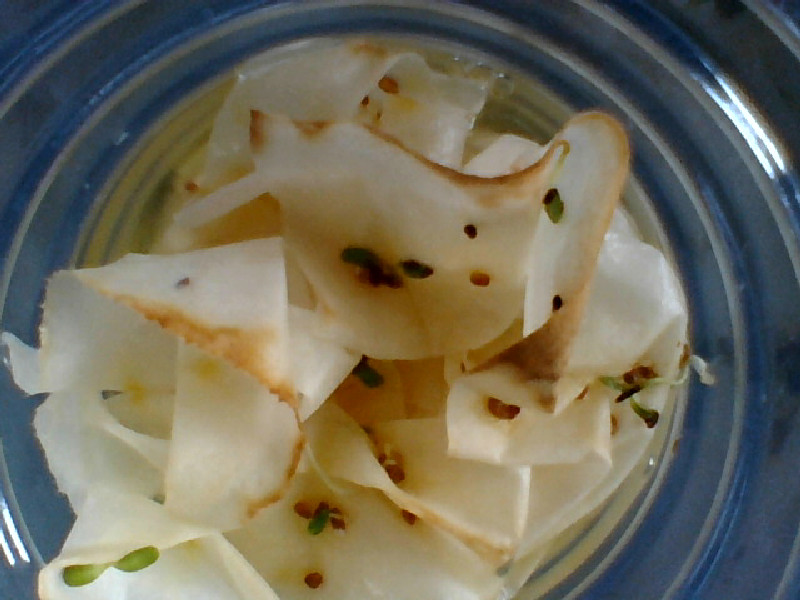WALT: Carry out and record a scientific investigation
To propagate a seed or plant. You can cut a little piece of the plant you want and place it inside a plastic cup poke holes into the bottom of the cup so that if you add too much water the water can be drained when you add clean kitty litter or little tiny pebbles. then add dirt just up to one-quarter of the cup. Then using your finger dab the soil softly and add your seed or the little piece you cut out and cover it with the soil.
Procedure:
You will need:
Magnifying glass
blotting paper
large plastic
soft-drink bottle
peas or crease seeds
Method:
Step 1: Cut the top from a used plastic bottle and rinse thoroughly. Place some blotting paper or paper towel around the inside of the bottle, near the bottom.
Step 2: Wedge some cress seeds and some peas between the blotting paper and the side of the bottle.
Step 3: Add enough water to fill the bottle to the bottom of the blotting paper. Leave in a warm light place and watch carefully over a few days for the seeds to germinate.
Step 4: After the seeds have germinated (after 5-7 days), extract one of the plants and place it in a drop or two of water.
Step 5: Examine the root with a magnifying glass.
Observations:
See if you can identify the root hairs using the diagram. Sketch a root with root hairs
Note: the direction in which the roots have grown, no matter which way up the seeds were.
Hypothesis:
I think the seeds will grow roots and sprout out more plants because it’s we tried another strategy.
What’s happening in the moment:
